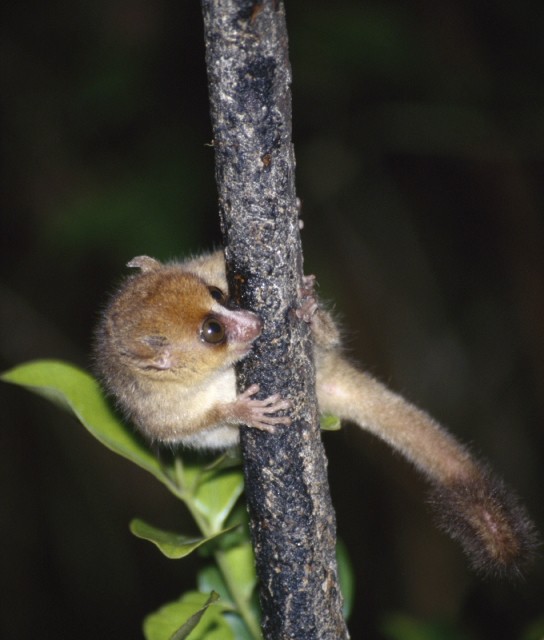Facts About Red Mouse-lemur
The brown mouse lemur, a diminutive primate indigenous to Madagascar, is also known by various other names, including the rufous mouse lemur, eastern rufous mouse lemur, red mouse lemur, and russet mouse lemur. Initially believed to be a subspecies, it was reclassified as its own species in 1977. In their natural habitat, these lemurs typically live for 6 to 8 years, but their lifespan can extend up to 12 years under human care.
These nocturnal creatures are active at night and subsist on a diet comprising insects, fruit, flowers, and other plant matter. They possess a notable ability to store fat, which helps them maintain their energy levels. Brown mouse lemurs are solitary animals that inhabit the rainforests of Eastern Madagascar.
They reach sexual maturity at about one year of age. The mating season spans from September to October, with offspring typically born between November and December. Brown mouse lemurs make their homes in tree hollows or leaf nests, sometimes even utilizing bird nests. They often live in social groups that include juveniles and females.
Regrettably, brown mouse lemurs face several threats. Habitat destruction due to agricultural expansion and natural predators, such as the fossa, ring-tailed mongoose, owls, and Madagascar harrier hawks, pose significant dangers. These lemurs play a crucial role in seed dispersal within their ecosystem. However, deforestation has put them at risk of extinction, a concern underscored by CITES (the Convention on International Trade in Endangered Species of Wild Fauna and Flora).
